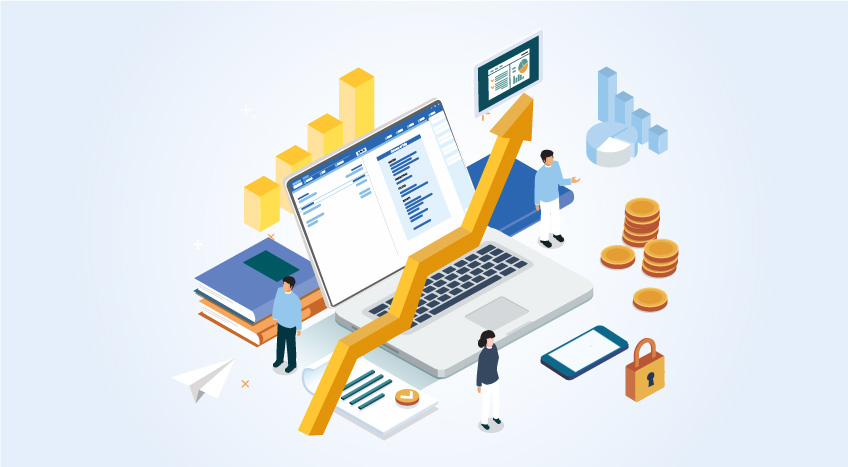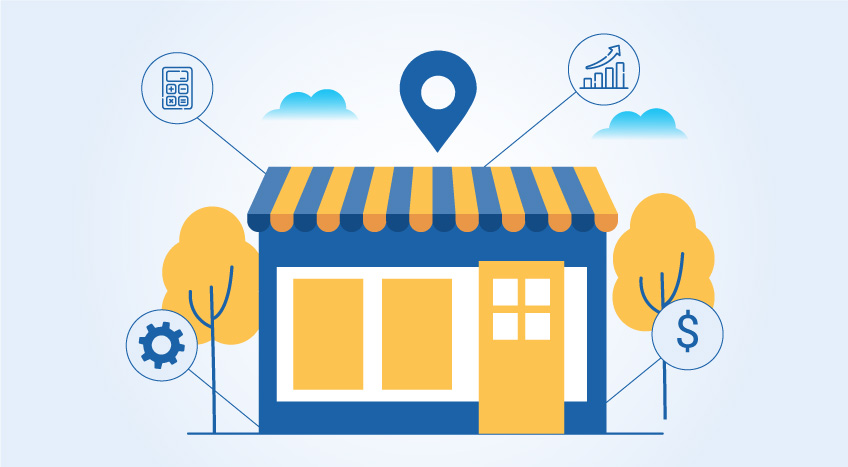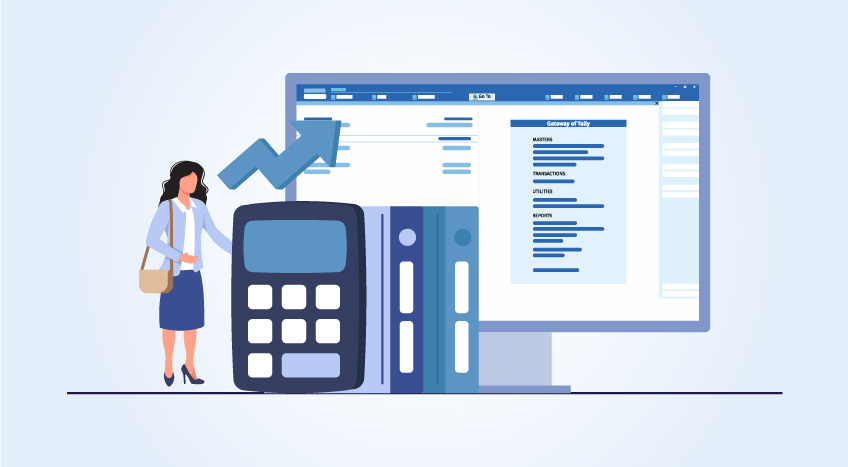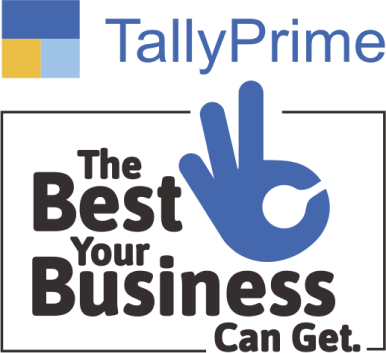| Updated on: May 19, 2023
- What does OMO mean?
- Open market operations in detail
- Understanding Treasury rates movement
- Types of OMOs
- Permanent open market operations
- Temporary open market operations
- How does the federal funds rate affect banks?
- Accounting with TallyPrime
What does OMO mean?
Open market operations or OMO is a practice whereby the Federal Reserve in the U.S. purchases or sells securities such as Treasury notes from the member banks. It does this to ensure regulation of the money supply that is stored as a reserve in the various U.S. banks. When there is a need to increase the money supply, the Federal Reserve buys Treasury securities and when there is a need to reduce the money supply, it sells Treasury securities. The Federal Reserve uses OMOs as a way to encourage or remove liquidity to banks. Depending on the objective, it either buys government bonds or sells them to these commercial banks.
| Things To Look Up Before Purchasing A Billing Software In USA |
Factors to Consider before Buying Bookkeeping Software in USA |
Open market operations in detail
When price inflation or deflation is higher than normal, then several problems can arise. This is why the Federal Reserve’s Board of Governors set a target federal funds rate. This rate is the rate of interest that one bank charges to another for loans and vice versa. When a transaction of this sort takes place, it ensures that banks have sufficient money with them. This allows banks to lend to customers when they need it. It also enables banks to use the extra cash, after lending, to proper use. Banks need enough reserves so that they can satisfy customer and business needs. The federal funds rate is also used to determine credit card interest and home mortgage rates among other rates.
You might wonder why banks don’t lend it all. If banks had that power, they would lend all the money they have to consumers and businesses to increase their earnings through the interest rates paid by their customers. However, as specified earlier, banks are required by law to keep a part of deposits in their reserves. This ensures they have sufficient reserves for the next day and so on. This prohibits banks from using up all their reserves and allows some percentage of the reserves to stay with them. This is called the reserve requirement and it can be about 10% of the deposits.
Note that the target federal funds rate is set by the Board of Governors of the Federal Reserve and then it is the FOMC or the Federal Open Market Committee that puts the open market operations to ensure the target rate is reached.
Understanding treasury rates movement
Treasury rates can only move by with an expansionary or a contractionary policy.
When the Federal Reserve is focusing on the expansionary policy which means the rates are going up, then it means that cash is being poured into banks because the Fed is purchasing Treasuries to do so. When this occurs, the banks have no option apart from lending money to businesses and individual consumers. As this happens, the interest rates are changed because they lessen as there is a higher competition to lend to customers and businesses. Consumers then can borrow more with more confidence which increases how much they buy. Similarly, it allows businesses to expand due to low interest rates.
When the Federal Reserve is opting for the contractionary policy, it has to sell the Treasuries. This enables money to be taken out from the system. When this happens, there is less money in circulation. This causes an effect on the interest rates directly as they increase and move upwards. Consumers are warier in spending because they want to avoid borrowing from banks due to the high interest rates. When this takes place, even businesses suffer because they put their expansion plans on hold. This eventually affects the economy which slows down as a result of low spending from consumers and a slow business expansion.
Types of OMOs
There are two major types of OMOs; permanent open market operations and temporary open market operations. The OMO affects the balance sheet of the Federal Reserve. The effect depends entirely on the operation specifics.
Permanent open market operations
Permanent open market operations or POMO refers to the central bank or the Federal Reserve regularly using the open market for purchasing and selling Treasury securities and other securities to get the right money supply. Permanent open market operations are used by the Fed to make changes to the American economy and bring it back to the path where it can flourish. POMO is also used in the case of monetary policy.
Temporary open market operations
Temporary open market operations are short-term solutions utilized to add or remove reserves as per the requirements of the reserve. These reserves are with the banking system. Generally, temporary open market operations are of two types; RRPs or reverse repos and repos or repurchase agreements. What happens in this situation is that the Fed promises to resell if it purchases or buys after it sells in the future.
How does the federal funds rate affect banks?
Federal funds rate affects banks because banks use this rate to determine their interest rate. That is, depending on the federal fund rate, the banks will either increase or decrease their interest rate. This directly affects the consumers and businesses as their willingness to borrow from the bank depends on the interest rate. Every commercial bank must have a reserve that is the same as their deposit at the Federal Reserve bank. This is generally a particular percentage. If the reserve’s money is more than the level, then they can lend to other banks which are struggling and don’t have the particular funds required.
Accounting with TallyPrime
TallyPrime is a business management software and accounting software in one. It is an easy tool that allows you to manage your inventory, cash flow, credit, and invoicing. You can perform tasks such as bank reconciliation and generate 400 reports to get a granular view of your business. You can even manage your various business branches using TallyPrime. With its advanced security features, it ensures your business data is safe. You can set access levels to ensure your employees get only access that is required by them. Make the right decisions with TallyPrime so your business is making smart decisions daily.
Also Read:
Latest Blogs

5 Crucial Accounting Practices to Elevate Your Business’s Financial Management in 2024

Nine Ways Business Reports Help You Optimize Inventory Management

5 Effective Inventory Management Strategies for Small Businesses in the US




